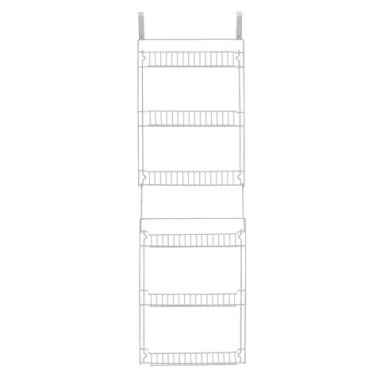The single most glaring inequity in the Biased Cash System is the “grass ceiling” that grants to a little more than half of the teams in college football the right to play for a national championship, while the other half simply doesn’t get to. You have a situation this year with currently six teams from four non-BCS conferences in the top 25 (four have been in the top 11, three in the top ten), and at most one with automatic access to a big money bowl game come January. That’s bowl game, not to be confused with having a chance to play for it all. Meanwhile mediocre (but anointed) conferences get to send their barely-ranked champ to a large payout bowl as long as they can muster six wins. Repeat in your mind… This is not a problem. Have some Kool-aid.
In 2004 the season ended with four undefeated teams. Of the three anointed teams with a right to play for it all (USC, Oklahoma, Auburn), two were given the chance to suit up and let the players and coaches decide who was best. Auburn got shafted (no sympathy — they’re in the family by their own choice). The BCS Kool-aid vendors spouted about Utah getting to play Pitt in a BCS bowl as proof that “the system works.” Works for whom?! USC and Oklahoma play for the crown while undefeated (and never-challenged) Utah got to play Pitt, mediocre champion of the mediocre (but BCS-anointed!) Big Least. If your goal is to keep the championship inside the family, then the system works. Urban Meyer had to go to Florida to put a national championship on his resume. Can’t do that in the Mountain West. Not permitted by the cartel. You got to play Pitt for $13M. The system works. You should be happy. Go home and celebrate that we let you ride at the front of the bus. Once. The system works. You love big brother. The system works. More Kool-aid?
The poster children for why the BCS is not only broken, but monopolistic, segregated, and un-American are (this year) Utah, Boise State, Ball State, (and in years past) Marshall, Tulane, and every other great one-loss team in the NCAA College Football Non-National Championship Division that went home after the holidays without having a prayer of playing for it all (or even showing just how good they really were).
If the BCS were Microsoft we’d already be in anti-trust hearings.


